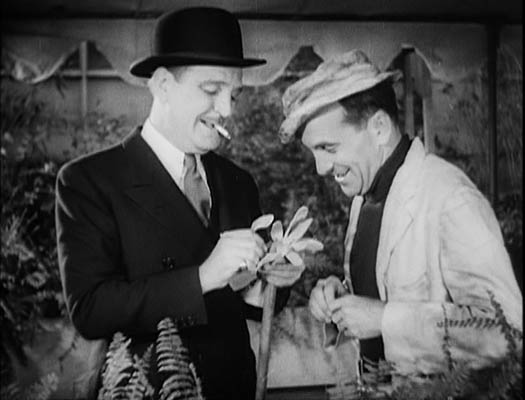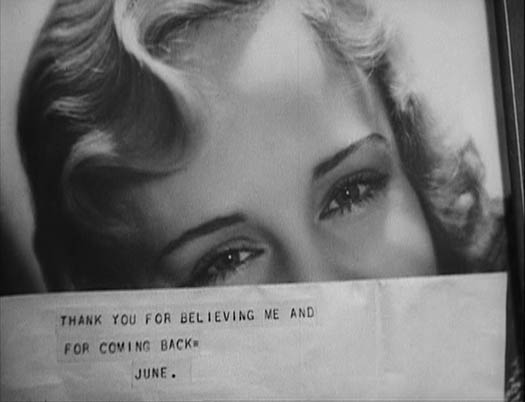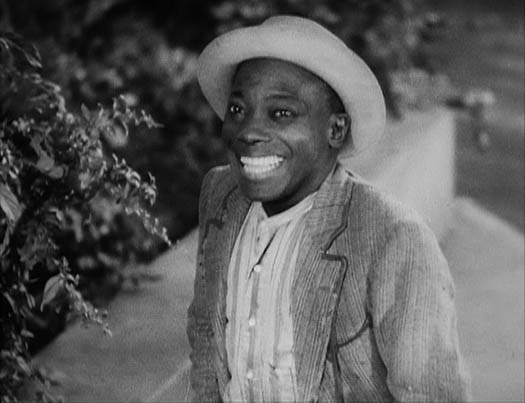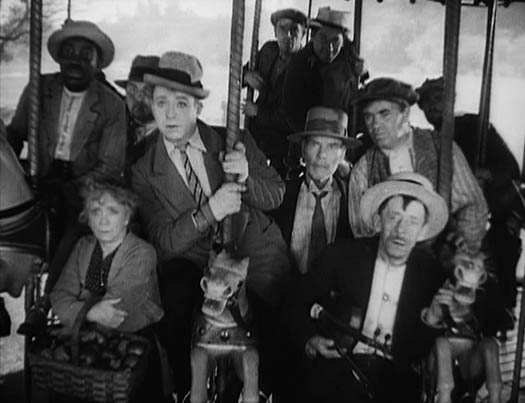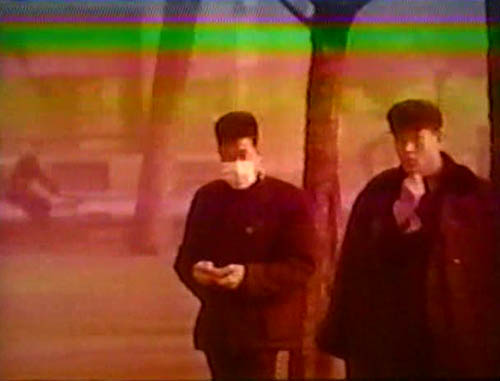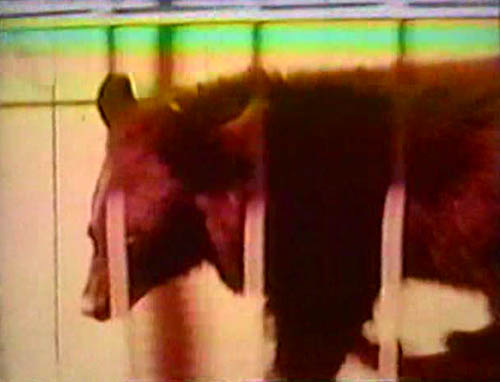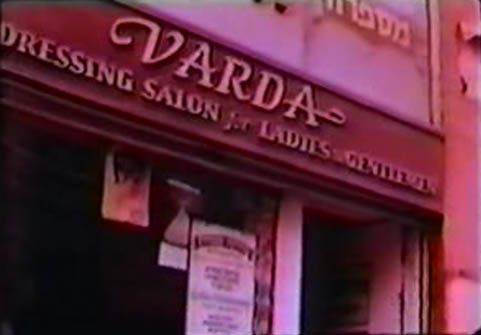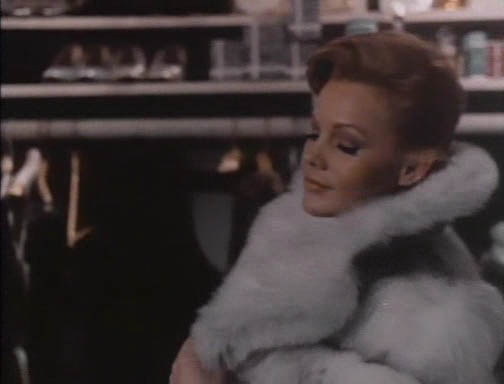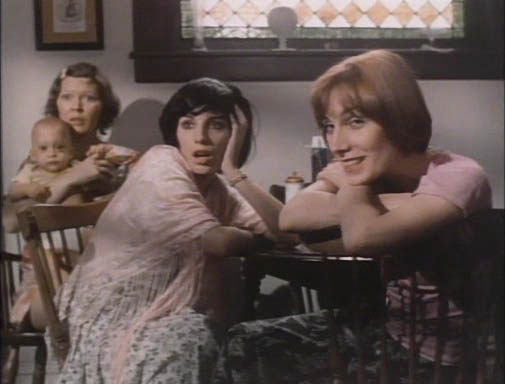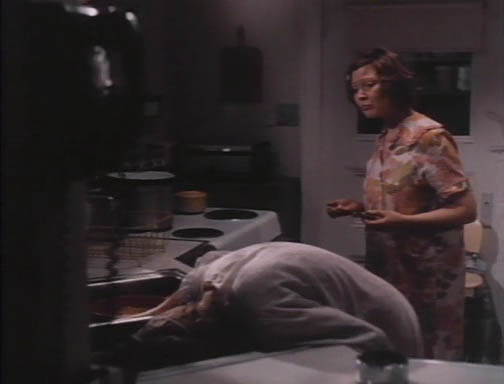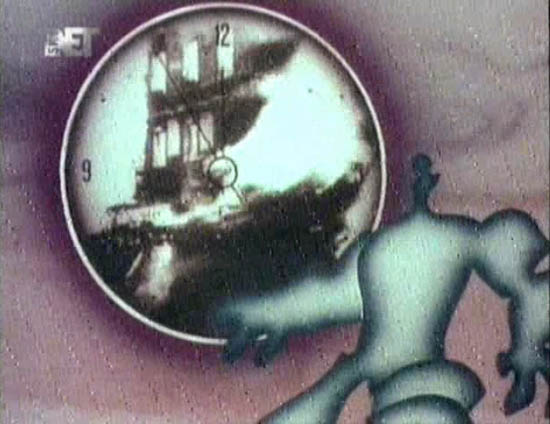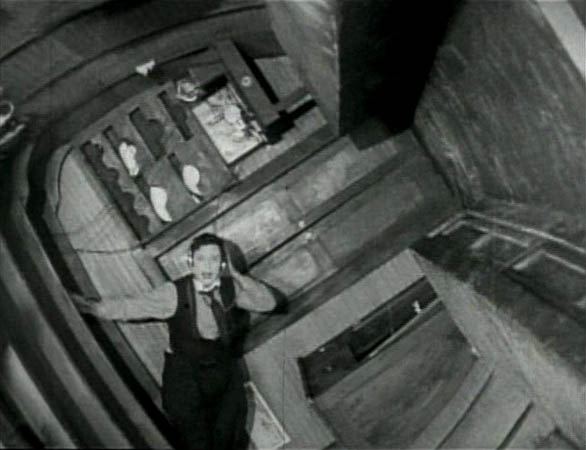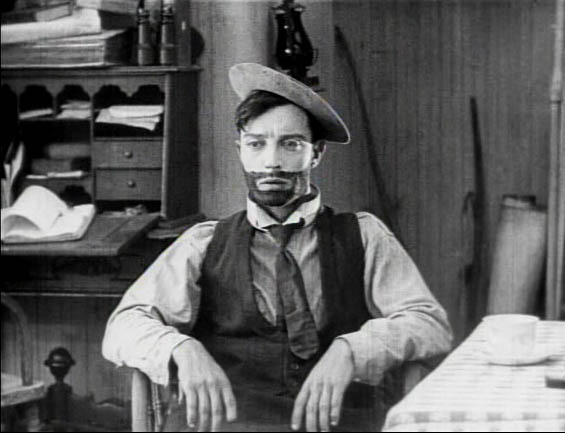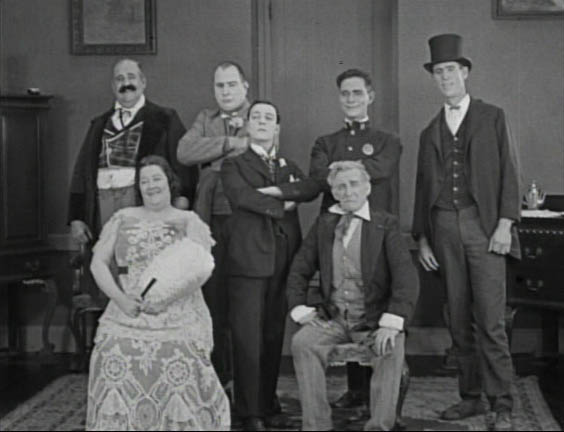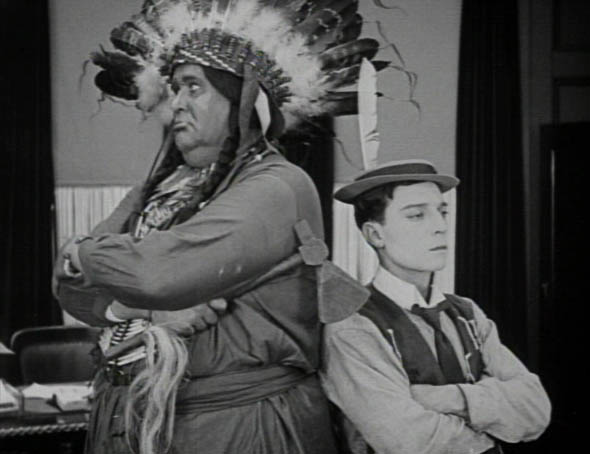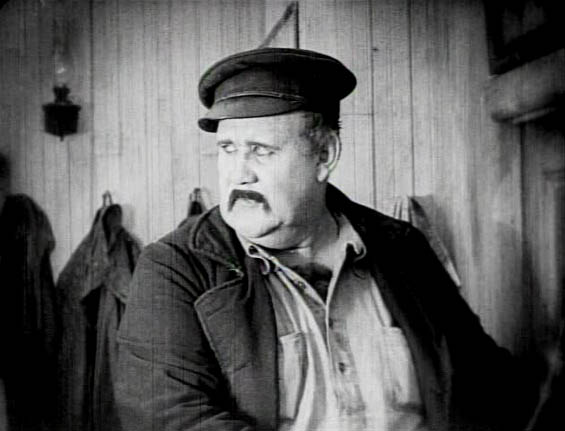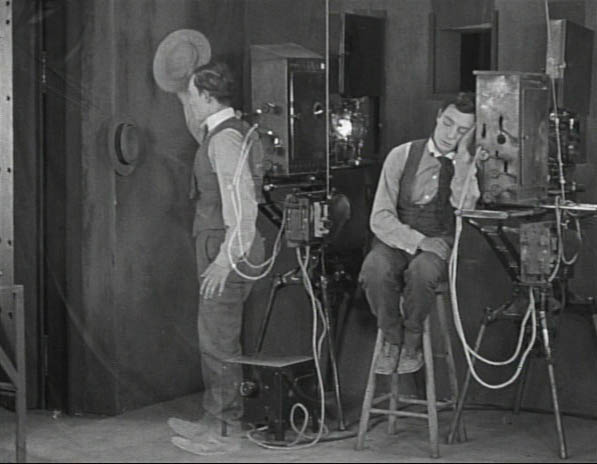The long-awaited continuation of my Marker-a-thon!
Dedicated “to the happy many”
“The Lovely Month of May”, in two parts:
Part 1, “prayer from the top of the eiffel tower”
Part 2, “the return of fantomas”
“It happened in may 1962. For some it was the first springtime of peace.”
A series of interviews with Parisians at/about the end of the Algerian War. A little provocative, but more of an inquisitive survey than a personal statement.
Marker as interviewer recommends Cleo from 5 to 7 to a guy who sells suits, then tries recommending Marienbad. Guy replies “but it’s something you’ve gotta understand.” “Don’t you understand things?” “Sure, but why should I take the trouble? I pay, don’t I? Sitting in a movie to rack my brains?”
Narration: “The mayor of Paris would have a lot to do, but there is no mayor of Paris”
Someone petting the head of a baby owl, narration untranslated.
Sometimes there are whole sections that aren’t subtitled or translated. Sigh…
The interviewees are asked about money, politics, world events, their daily lives. Some prodding to get the more apolitical citizens to talk about politics, or to talk about why they don’t want to. There’s a shift to more specific issues in part two. More about racism and prejudice, poking around about the Algerian War. This is the same year Alain Resnais was making a very different film concerning the Algerian War, Muriel.
Not very cinematically interesting, I guess, but today it’s a fascinating look back at a certain time and place (May ’62, Paris) and a general survey on people’s thoughts, hopes, fears and prejudices. I wonder what Parisians thought when the film came out. Can’t imagine they raved about it. He’s asking questions that lots of people didn’t want to be asked, seems like he’s throwing social problems into the faces of the Parisian viewer. I’ll bet foreigners were more intrigued.
A long interview with an Algerian ends with spoken statistics about that particular May over time-lapse photography of the busy streets. “But for the 5,056 people in the prisons of Paris, each day of May was exactly the same.”
“As long as poverty exists, you are not rich. As long as despair exists, you are not happy. As long as prisons exist, you are not free.”
A surprisingly affecting movie… I liked it more than I thought I would. Movie ran only 1:58, forty-five minutes shorter than the IMDB runtime, so that’s further incentive to see a more complete and better translated version if/when I can find one.
Marker: “What I wanted to come out of the film is a sort of call to make contact with others, and for both the people in the film and the spectators, it’s the possibility of doing something with others that at one extreme creates a society or a civilization… but can simply provide love, friendship, sympathy.”
From Catherine Lupton’s book:
“Immersing himself in groundbreaking new developments in camera and sound equipment that allowed human encounters to be filmed with greater ease and spontaneity, Marker brought the interview centre stage in the filming of Le Joli Mai, a less-than-flattering depiction of French social attitudes at the close of the Algerian War.”
“Marker stated that one of his ground rules was to avoid selecting the participants or manipulating the interviews… in order to confirm a ready-made conclusion… Another was to refuse to regard participants as stock examples of social or character stereotypes. ‘People exist with their complexity, their own consistency, their own personal opacity and one has absolutely no right to reduce them to what you want them to be.’ Le Joli Mai does grant its participants the space to be themselves, and to speak fully on the topics and questions proposed by the interviewer, without reducing their contributions to caricatured soundbites. Even when the film makes pointedly critical montage interventions into a discourse that it evidently regards as misguided or fatuous, it still retains the texture and substance of the interviewee’s speech, so that it is possible for the spectator to measure Marker’s reaction against the statements or attitudes that have prompted it.”
Marker produced this film and Le Jetee simultaneously, a film which turned “the documentary adventure of Le Joli Mai inside-out, distilling its subterranean fears and anxieties about the future into an elegaic masterpiece of speculative fiction.” His new filmmaking identity “might be the critical conscience of contemporary France, or the cosmonaut of human memory.” “In his self-curated retrospective at the Cinematheque Francaise in 1998, the earliest of his films that Marker elected to show were La Jetee and Le Joli Mai. He went on record to state that he regards his earlier films as rough and rudimentary drafts and no longer wishes to inflict them on the cinema-going public.”
“The camera operator Pierre L’homme is credited as co-director in recognition of his central role in creating the film’s mobile, responsive visual images.” Pierre later shot Army of Shadows, Mr. Freedom, a Bresson feature, a Godard short, and The Mother and the Whore before working with Marker (and Yves Montaud) again on The Loneliness of the Long-Distance Singer in 1974. Narrator Yves was in Let’s Make Love, The War Is Over, Tout va bien and Le cercle rouge, and narrator Simone Signoret I know from Army of Shadows and La Ronde. Composer Michel Legrand did a James Bond movie, F For Fake, some Jacques Demy (incl. the musicals!), some Varda and Godard.
